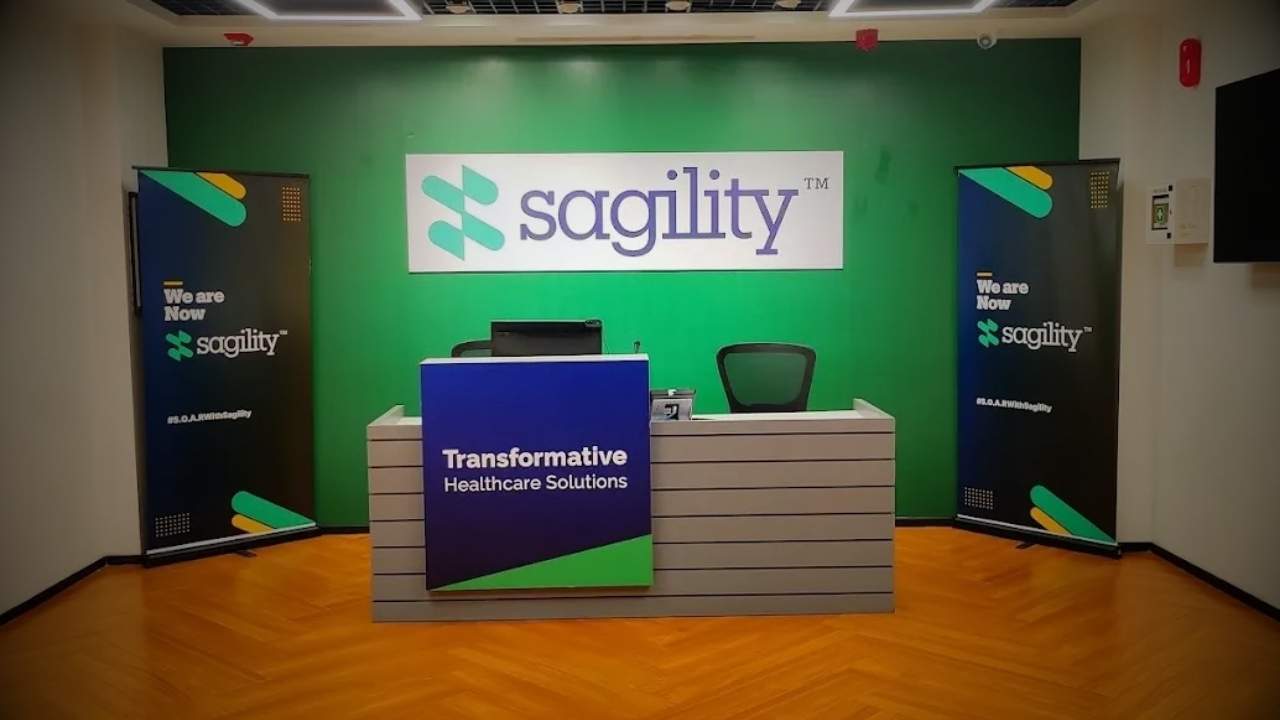Understanding the Employability Challenges of Engineering Graduates in India
The engineering landscape in India has long been a pillar of hope for aspiring professionals. Boasting an impressive output of approximately 1.5 million engineering graduates annually, the industry faces a troubling paradox: despite having a significant number of graduates, the employability rate hovers above 60%. Alarmingly, only 45% of these graduates possess the necessary skills to meet industry standards, and just 10% are predicted to secure jobs this year. These findings, revealed in a report by TeamLease Degree Apprenticeship, underscore a pressing need for change in how engineering students are trained and prepared for the workforce.
The Skills Gap: A Growing Concern
The report highlights a worrying skills gap among engineering graduates, indicating that the interplay of academic knowledge and hands-on training is not being sufficiently addressed. As industries evolve and technology accelerates, the demand for skilled engineers is soaring, yet many graduates find themselves ill-prepared for the realities of the job market. This disconnect emphasizes the urgency for educational institutions to adapt their curricula to reflect current industry requirements, combining theoretical concepts with practical application.
The Role of Practical Training
Industry stakeholders contend that practical training is essential for bridging the skills gap. Institutions are encouraged to collaborate closely with businesses, enabling students to gain relevant exposure through internships and apprenticeships. This experiential learning approach not only cultivates a deeper understanding of engineering principles but also enhances the graduates’ job readiness.
Technological Advancements and Future Job Markets
The looming technological advancements present both challenges and opportunities for engineering graduates. According to the National Association of Software and Services Companies (Nasscom), India’s tech sector will require more than one million engineers adept in artificial intelligence (AI) and other sophisticated technologies within the next 2 to 3 years. The increasing trend toward automation and digitization in industries indicates a significant need for professionals who can navigate these new landscapes.
Anticipating the Demand-Supply Gap
The report also forecasts a growing demand-supply gap for digital skills, expected to rise from 25% to 30% by 2028. This gap is likely to widen further due to emerging fields such as AI, electric vehicles, semiconductors, and a rapidly expanding electronics sector. As such, it becomes crucial for engineering graduates to equip themselves with not just foundational knowledge but also specialized skills to thrive in these evolving markets.
Conclusion: A Call for Reformed Education Strategies
To ensure that the vast number of engineering graduates can transition smoothly into the workforce, educational institutions need to revamp their teaching strategies. Emphasizing skill development alongside academic excellence can empower graduates to meet industry expectations. By fostering partnerships between universities and companies, and focusing on adaptive training methodologies, India can bridge the skills gap and prepare its future engineers for the challenges that lie ahead.
Quick Summary Table
| Metrics | Statistics |
|---|---|
| Annual Engineering Graduates | 1.5 Million |
| Employability Rate | 60% |
| Graduates Meeting Industry Standards | 45% |
| Expected Job Placement Rate | 10% |
| Projected Demand for Engineers in AI | 1 Million (2-3 years) |
| Expected Digital Skills Gap By 2028 | 25%-30% |












